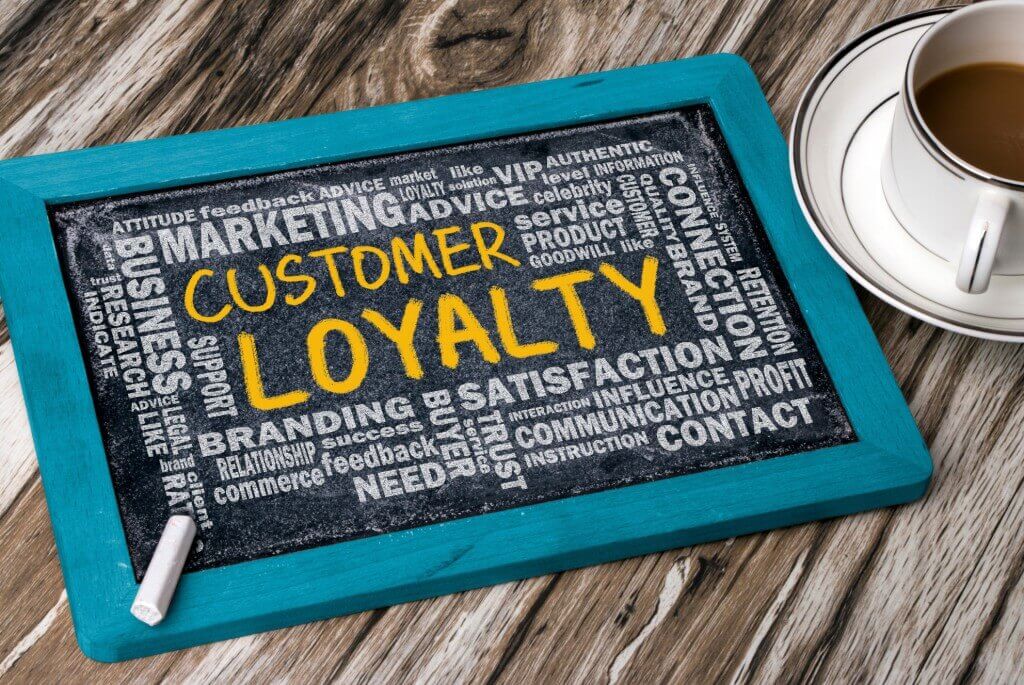
Every company’s ultimate goal is to achieve consumer loyalty. After all, it is 5 times cheaper to retain existing customers then to find new ones. However, with constantly evolving consumer habits it seems that gaining a consumer’s total loyalty in 2018 is an almost impossible goal to achieve. Recently, consumers have become more aware of the effect their consumption behaviour is having – how it reflects who they are and the impact it is having upon our environment. Added to this is saturation within markets, stiff price competition and price savvy consumers. Thus, for a company to earn a consumer’s trust and loyalty, they must first prove themselves to be credible.
Those brands who cannot meet consumer’s demands are showing that they are not credible and therefore, not worth their customer’s continued loyalty. And it appears that no company – big or small – is immune to this change. Just look at brands like Starbucks, Volkswagon and Facebook. These brands once held a large majority of the market share in their respective industries. But scandals – which have varied from their environmental impact to data protection breaches to accusations of racism from staff – have left the brands with the challenge of re-building their reputation to re-gain the loyalty they once enjoyed so easily.
So, as a hotel, what steps must you take to prove you are credible?
Quality
Quality is the most important factor in building a credible brand. If people are not satisfied with your product or service, then it is unlikely that they will make a repeat purchase. This is not to say that every hotel across Ireland and the UK must offer the exact same service or else risk being viewed as subpar. But every hotel must – at the very least – meet a guest’s basic expectations. Whether a guest is staying in a 4-Star Manor House in Co. Kerry or small hotel in the heart of Dublin City, they will expect a warm, clean room, helpful staff and tasty food. As the price increases so will the guests’ expectations.




